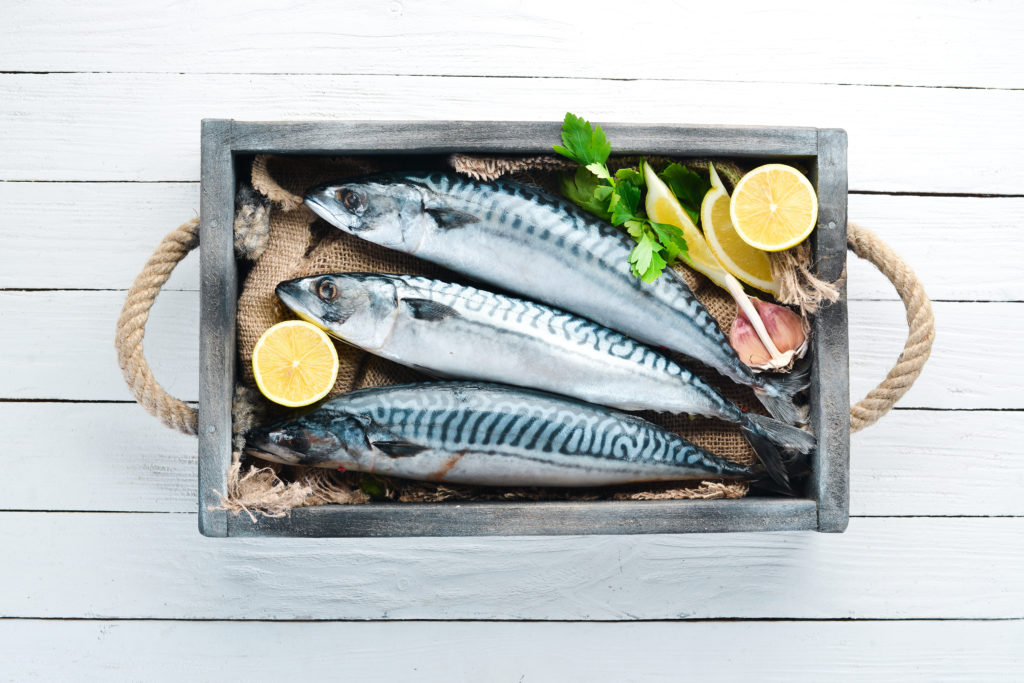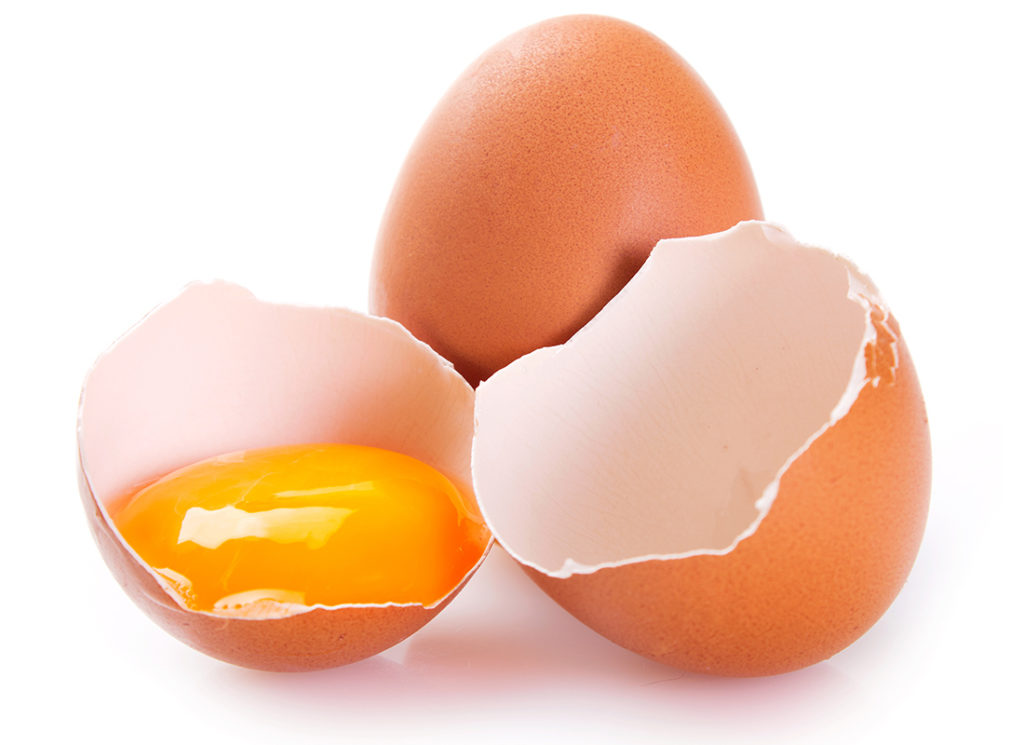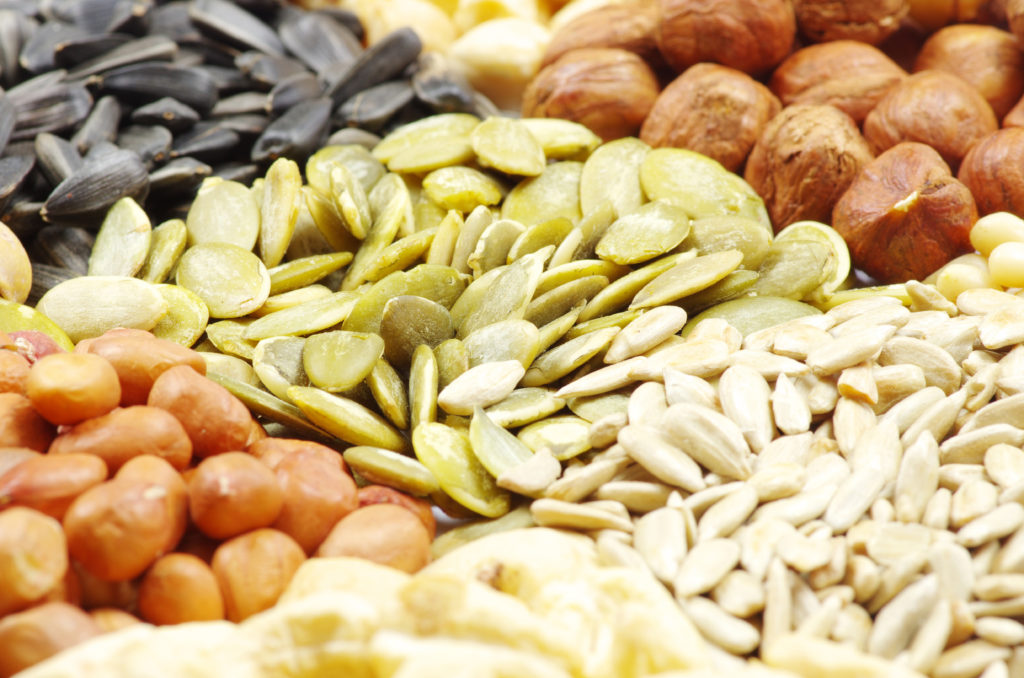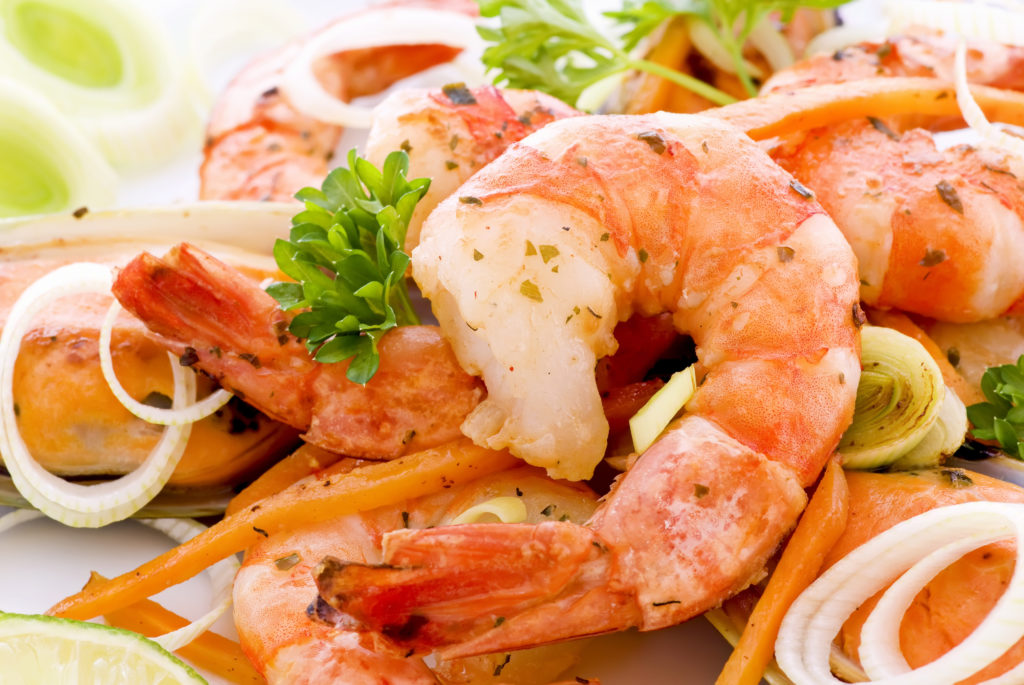Can You Spot The Visual Clues That Mean You’re Nutrient Deficient?

Nutrients are the compounds in foods that are essential to life and health, providing us with energy and the building blocks for repair and growth, as well as substances necessary to regulate chemical processes. There are six essential nutrients that the body needs to function properly – carbohydrates, lipids (or fats), proteins, vitamins, minerals and water.
Without them, our body can experience a whole range of symptoms from fatigue, weakness and trouble breathing, to pale skin, unusual food cravings, hair loss and light-headedness.
But do you know the visual clues to look out for that will reveal if you’re deficient in nutrients?
1 VISUAL CLUE: DARK CIRCLES
Dark circles under the eyes are very common and traditionally regarded as a sign of tiredness. While they can also be linked to genetics too, they can also illustrate a health issue.
‘Dark circles under the eyes can be a sign of an iron deficiency,’ explains Consultant oculoplastic surgeon Dr Elizabeth Hawkes (www.drelizabethhawkes.com). ‘Iron deficiency anemia is a condition where the blood is lacking red blood cells. These cells are responsible for carrying oxygen to tissues in the body.’
How to treat it:
Increase your iron intake by eating more red meat and poultry, seafood, beans, dark leafy vegetables, dried fruit and iron-fortified cereals.
2 VISUAL CLUE: DRY EYES
Dry eyes are often thought to be caused by tiredness or wearing contact lenses, however it could be the clue that your body is deficient in Vitamin D. Eyes may also feel gritty and sore and vision can become blurred. Vitamin D is famous for its anti-inflammatory effects which could be why it helps dry eyes, it’s also believed to protect tear film, which is a thin layer of fluid on the surface of the eyes that lubricates them.
How to treat it:
‘If you’re experiencing these symptoms with your eyes then it can help to increase your Vitamin D intake,’ explains Dr Elizabeth Hawkes. ‘This can be done by spending more time outdoors in the sun, or by altering your diet in order to increase your consumption of them, mainly through eating eggs, mackerel, milk and salmon. If symptoms persist, consult your optician or GP.’
3 VISUAL CLUE: HAIR LOSS
Whether it’s a result of genetics, hormones or even an autoimmune disorder, hundreds of women experience hair loss. In fact, NHS England estimates that around 8 million women in the UK experience it. It can lead to a number of psychological problems including poor self-esteem and heightened self-consciousness. But, it can also be the clue that your body is lacking some vital nutrients – namely Vitamin B12.
‘Another common cause of hair loss is due to a nutritional deficiency. Vitamin B12 can impact the health of the red blood cells which carry oxygen to your tissues while an iron deficiency – or anaemia – means that the body does not produce enough essential protein for the hair cells,’ explains Cosmetic doctor, Dr Shirin Lakhani (www.cranleyclinic.com).
‘All cells need vitamin A for growth. This includes hair. Vitamin A and Biotin also helps skin glands make an oily substance called sebum. Sebum moisturises the scalp and helps keep hair healthy. Similarly, Vitamin D, which our bodies create from direct sunlight on our skin when we’re outdoors, stimulates new and old hair follicles.’
Research shows that a lack of vitamin D in your body can lead to hair loss. When there isn’t enough vitamin D in your system, such as during the winter months or when people are unable to seek sunshine abroad, new hair growth can be stunted.
How to beat it
To ensure enough vitamin A, try to include sweet potatoes, carrots, pumpkins, spinach and kale into your diet as they are all high in beta-carotene, which is turned into vitamin A. You can get B-vitamins from many foods, including whole grains, almonds, meat, fish, seafood and dark, leafy greens. For vitamin D consume fatty fish, seafood and egg yolks.’
4 VISUAL CLUE: RED CHEEKS
Redness, flushing on the cheeks and dilation of blood vessels on the cheeks and nose is often assumed to be sensitive skin or sunburn, however Dr Shirin Lakhani says that there is often another cause.
‘These symptoms are more commonly a sign of Selenium and Magnesium deficiencies,’ she explains. ‘Another common nutritional deficiency is vitamin B12, a large vitamin that requires a carrier molecule for transportation around the body.’
How to beat it
The key to getting more Selenium is to eat more whole grains and dairy. Similarly, magnesium is found naturally in lots of foods and is added to some fortified foods too. Legumes, nuts, seeds, whole grains and leafy vegetables are good for this.
5 VISUAL CLUE: DRY CRACKED HEELS
Dry cracked heels are often hidden away at this time of year under thick socks, however that doesn’t mean they should be forgotten about. Because dry cracked heels can be a sign that your body is lacking in Essential Fatty Acids.
‘These polyunsaturated fats help produce the skin’s natural oil barrier,’ explains Dr Shirin Lakhani. ‘It’s critical in keeping skin hydrated, plumper, and younger looking. If you’re not getting enough EFAs in your diet, your skin may be dry, inflamed, and prone to whiteheads and blackheads too. Essential fatty acids are the powerhouse of skin care,’ explains Dr Lakhani ‘Research suggests that they may not only reduce sun sensitivity in those with photodermatitis, they may also diminish the inflammation associated with acne.’
How to beat it:
Increase your intake of EFAs by eating more fish and seafood, nuts and seeds and plant oils.









